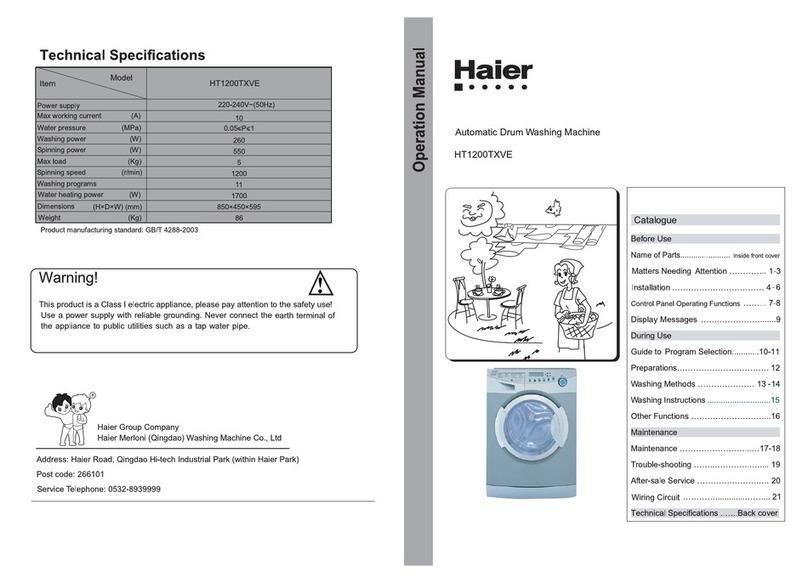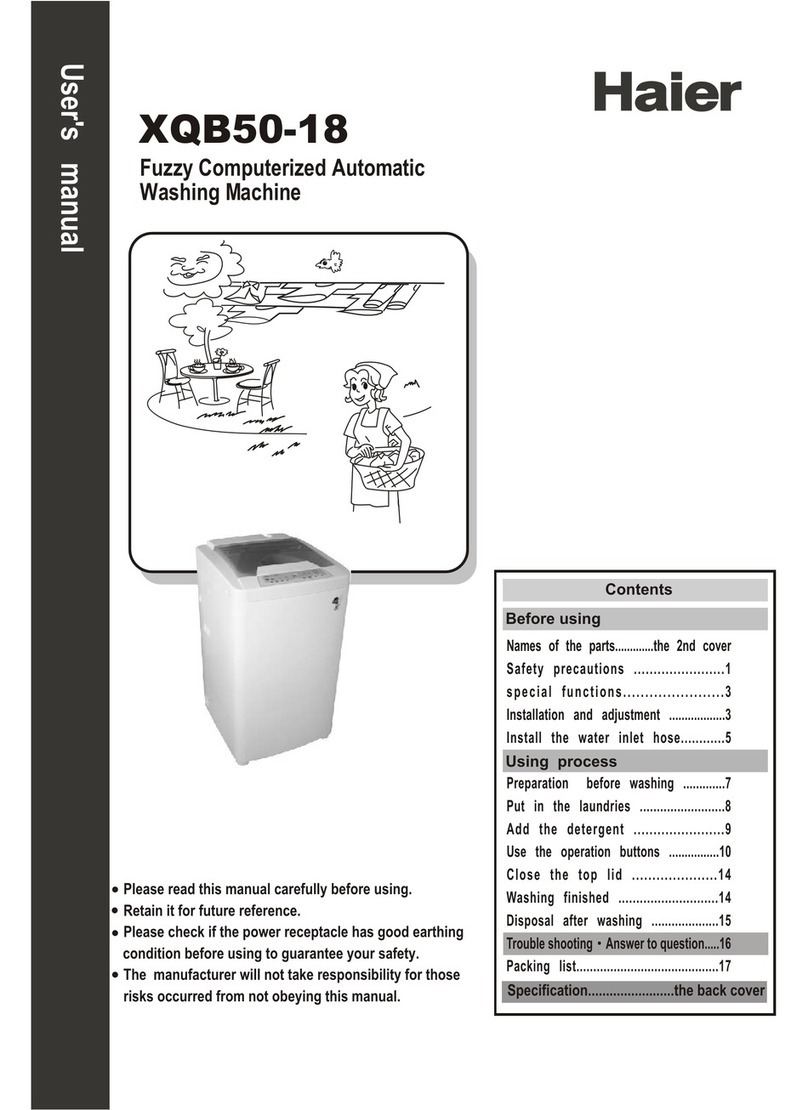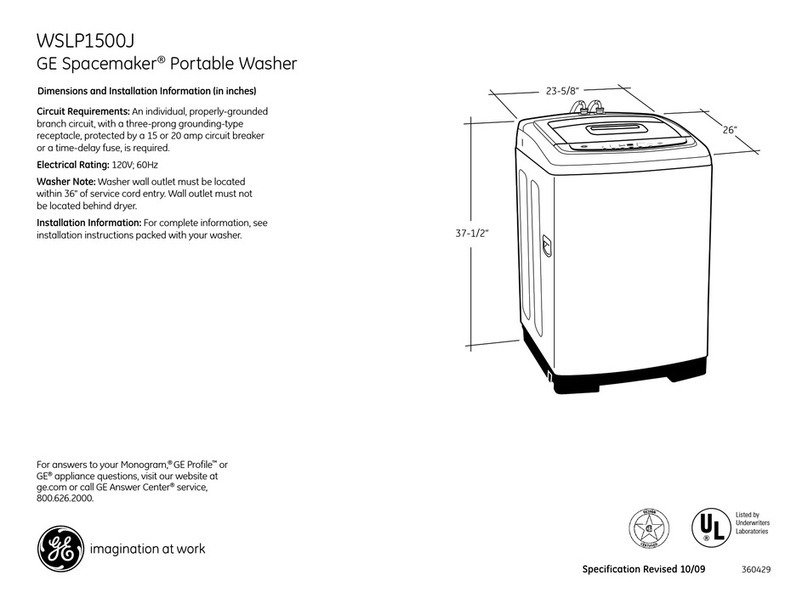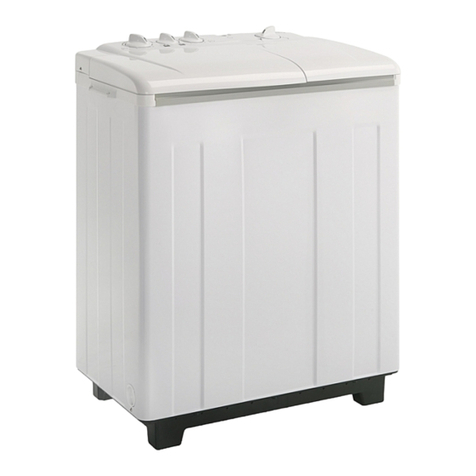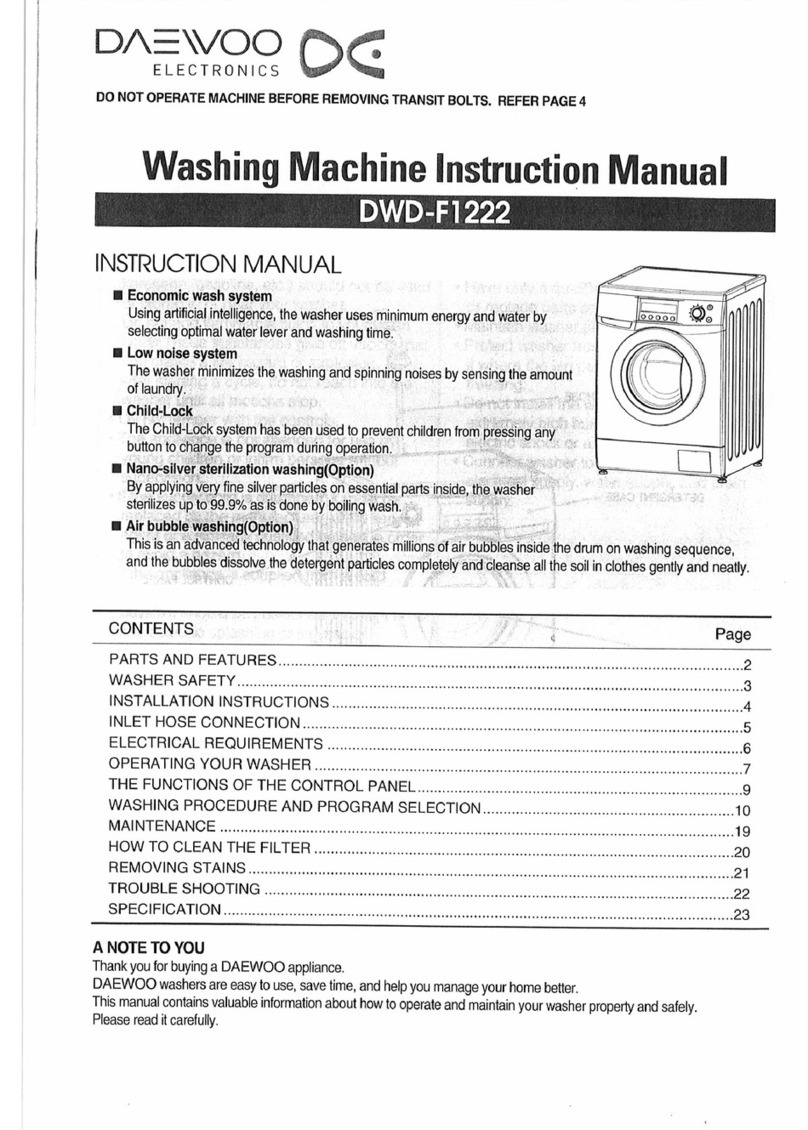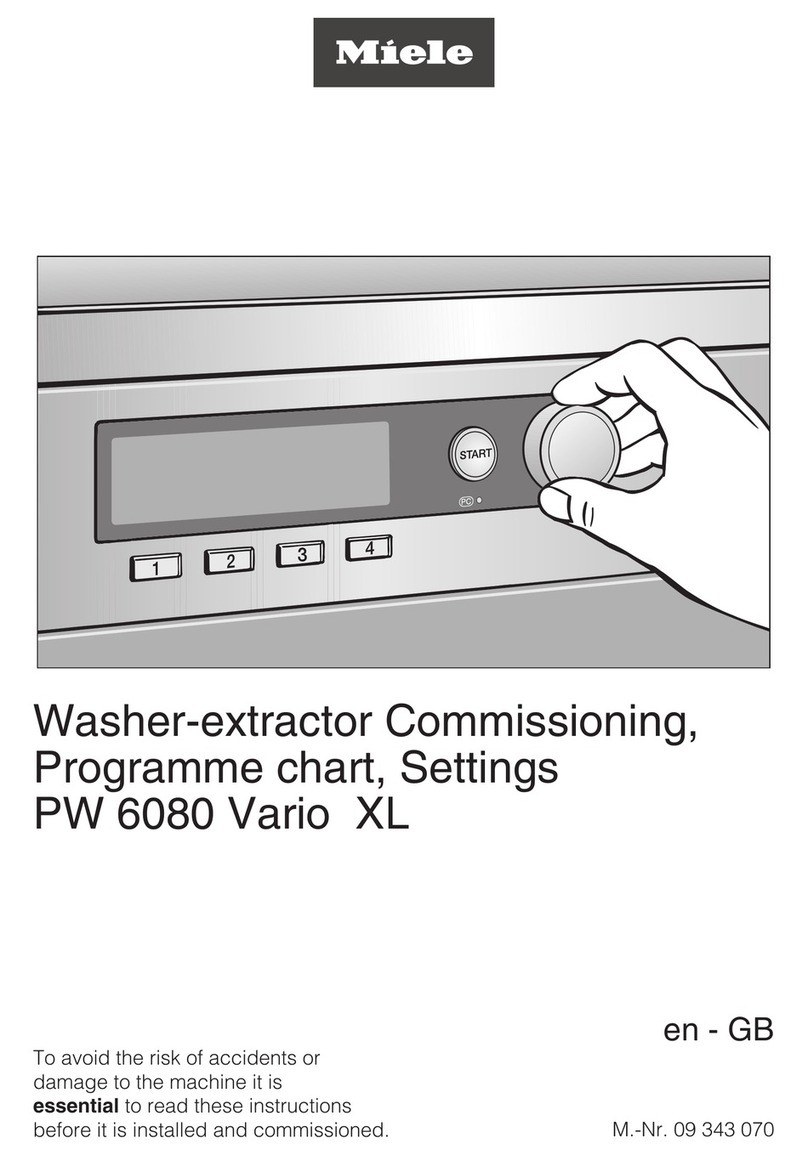Haier XQG50-RC1000TXB Quick start guide
Other Haier Washer manuals
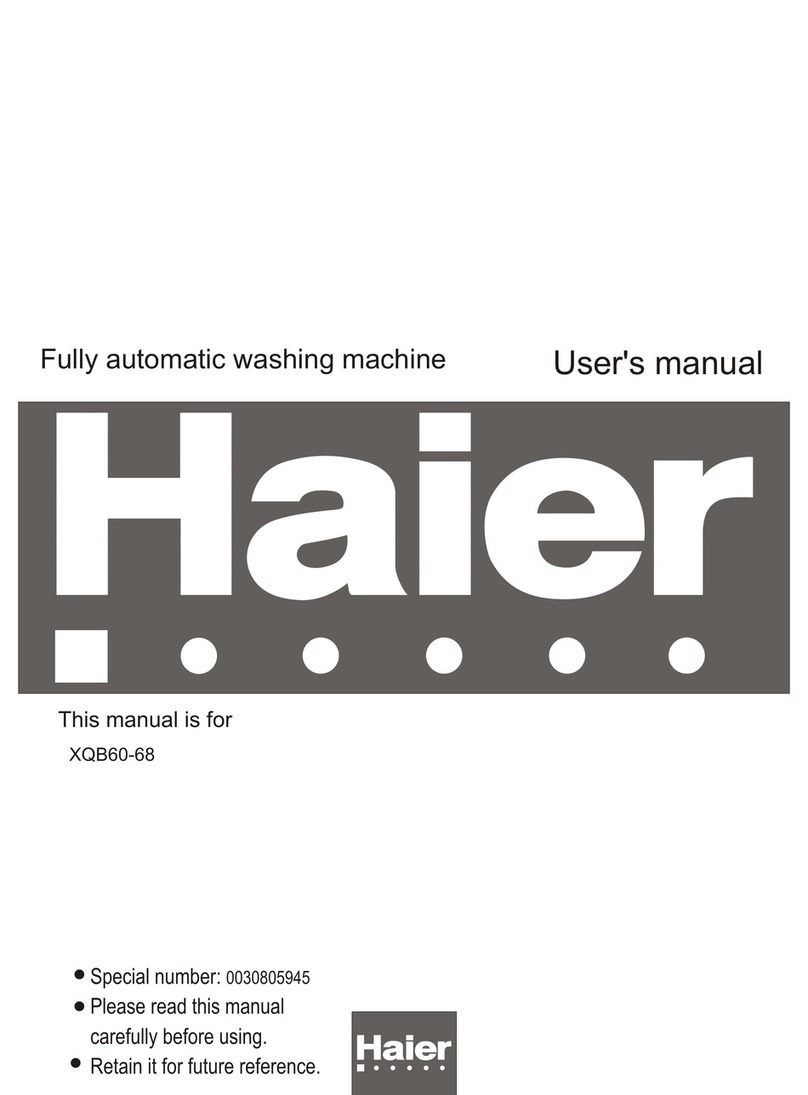
Haier
Haier XQB60-68 User manual
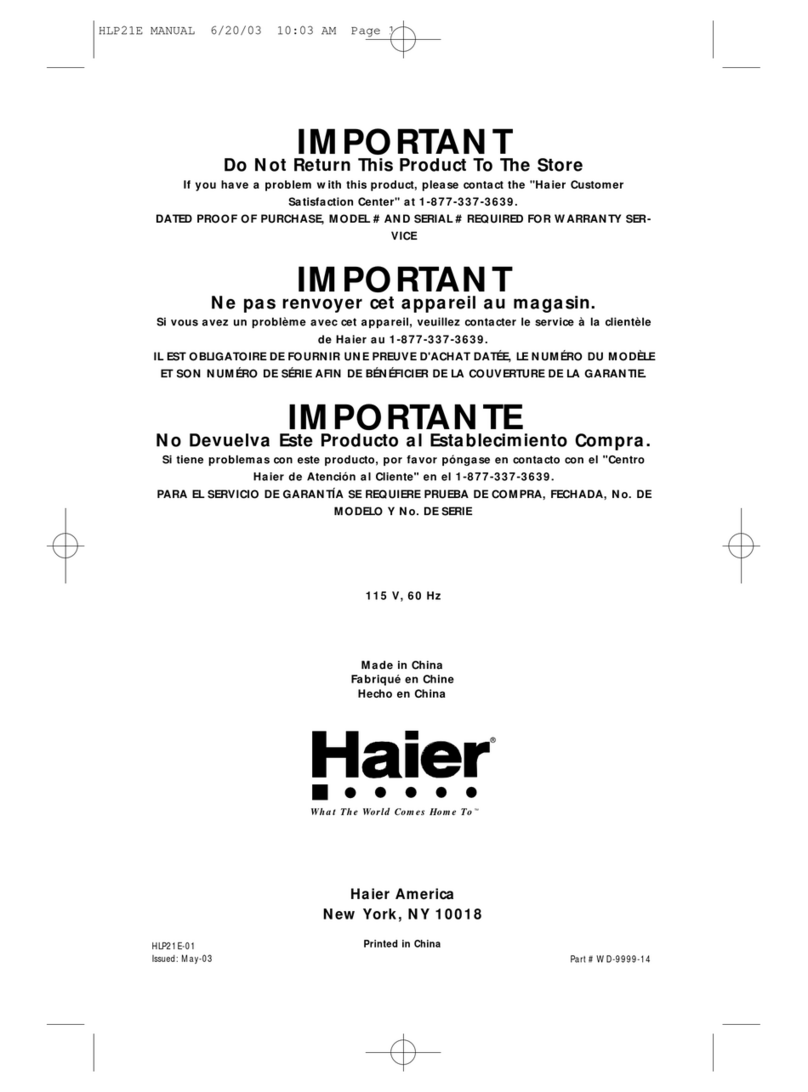
Haier
Haier HLP21E - Pulsator Wash With Tub User manual
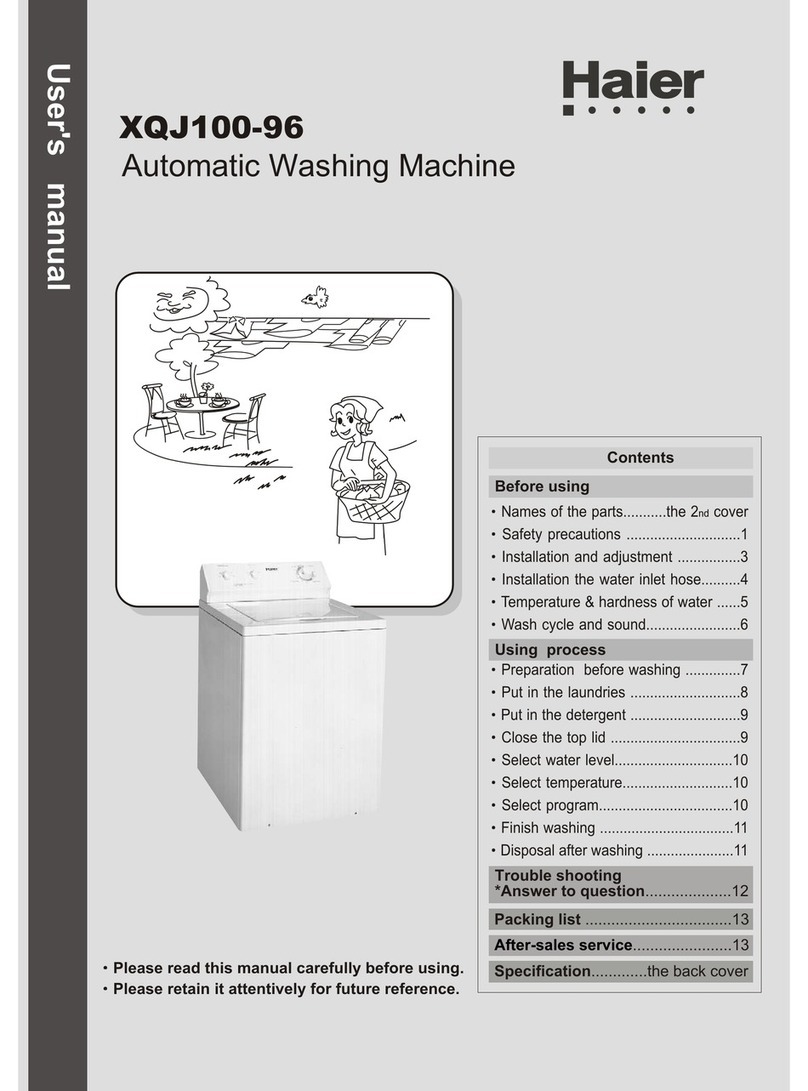
Haier
Haier XQJ100-96 User manual

Haier
Haier HWM140-1826T User manual

Haier
Haier HW-D1060TVE User manual

Haier
Haier HW60-1201S User manual
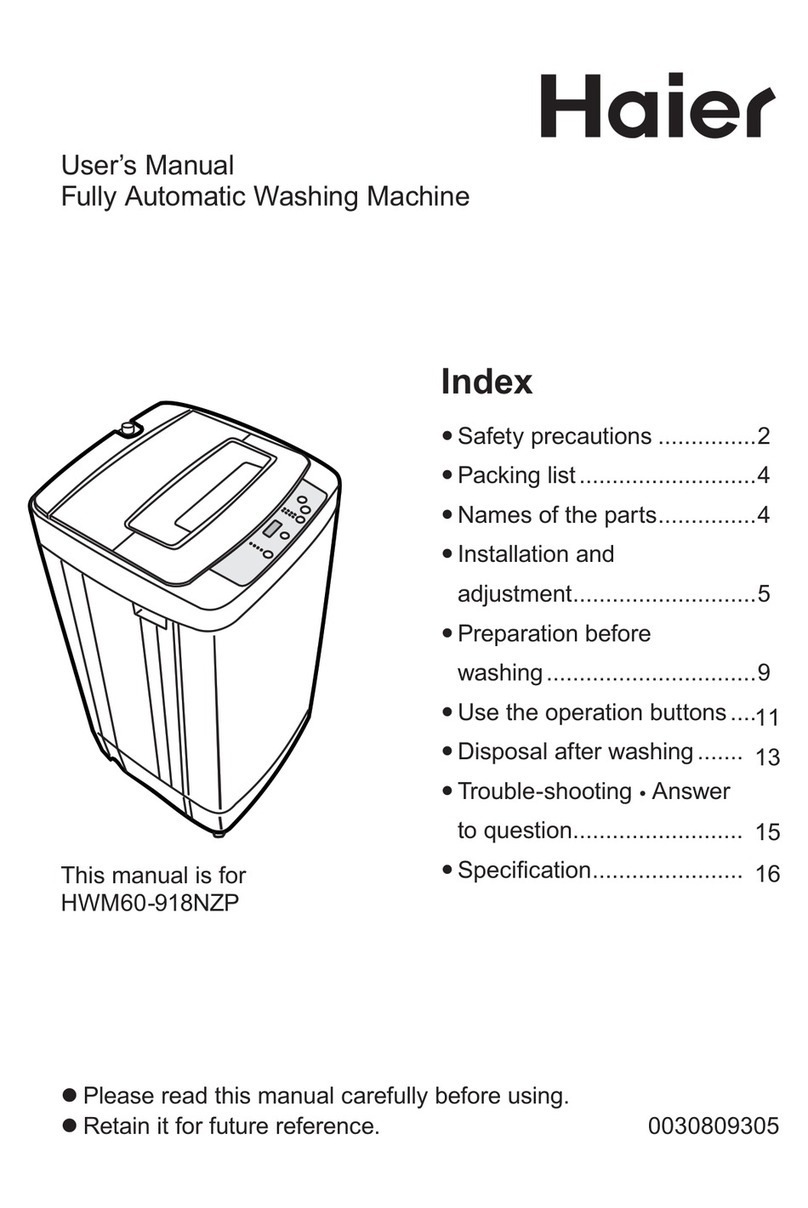
Haier
Haier HWM60-918NZP User manual
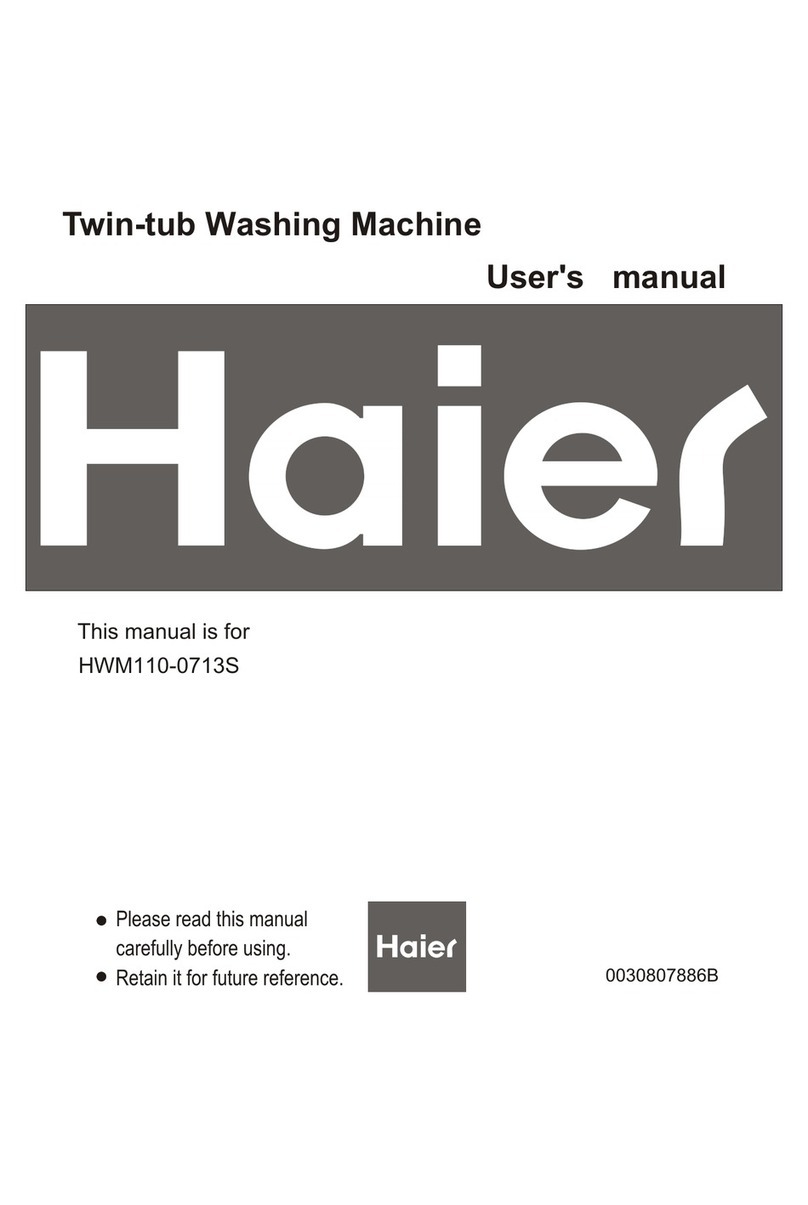
Haier
Haier HWM110-0713S User manual
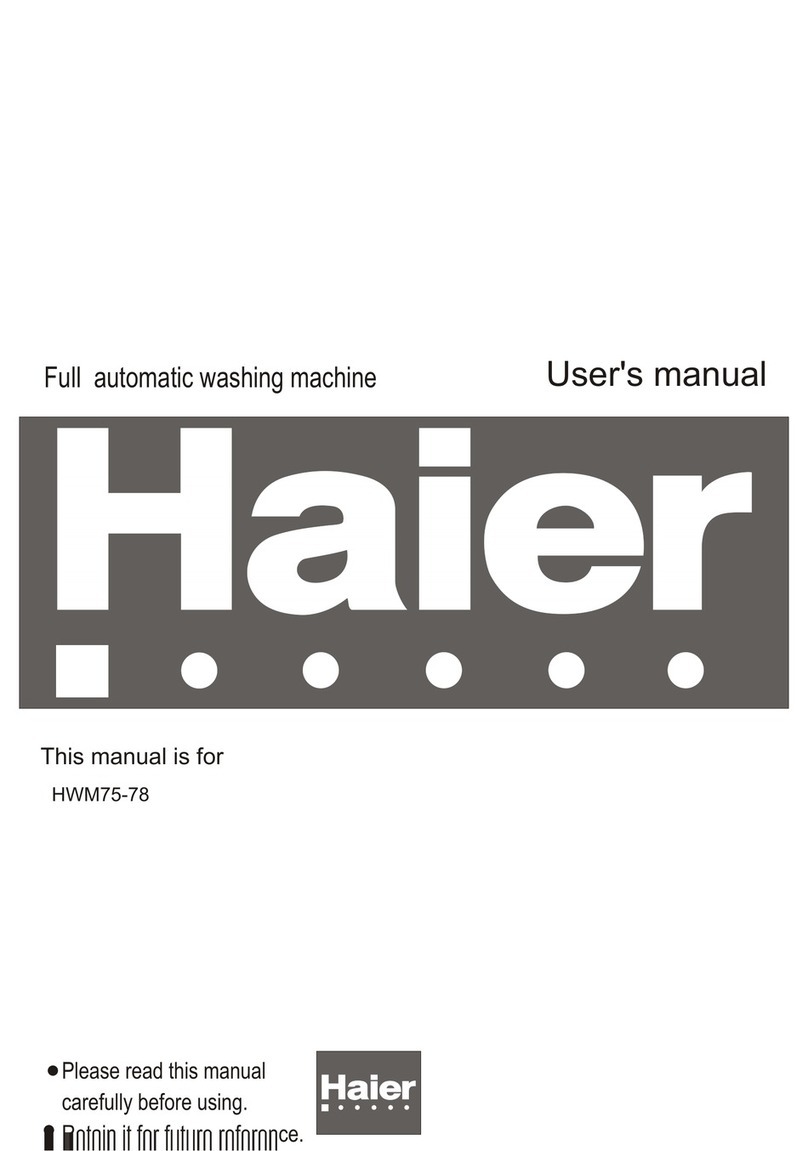
Haier
Haier HWM75-78 User manual
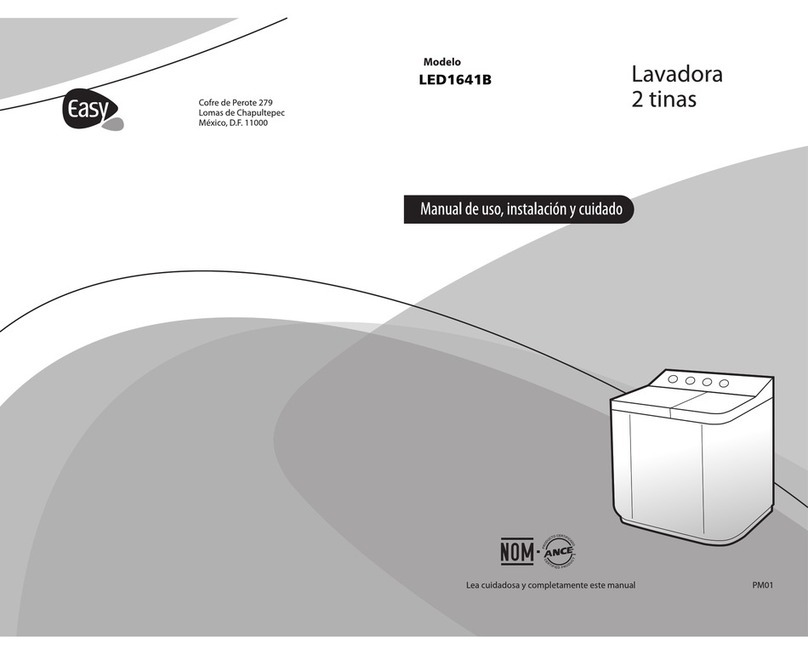
Haier
Haier LED1641B User manual
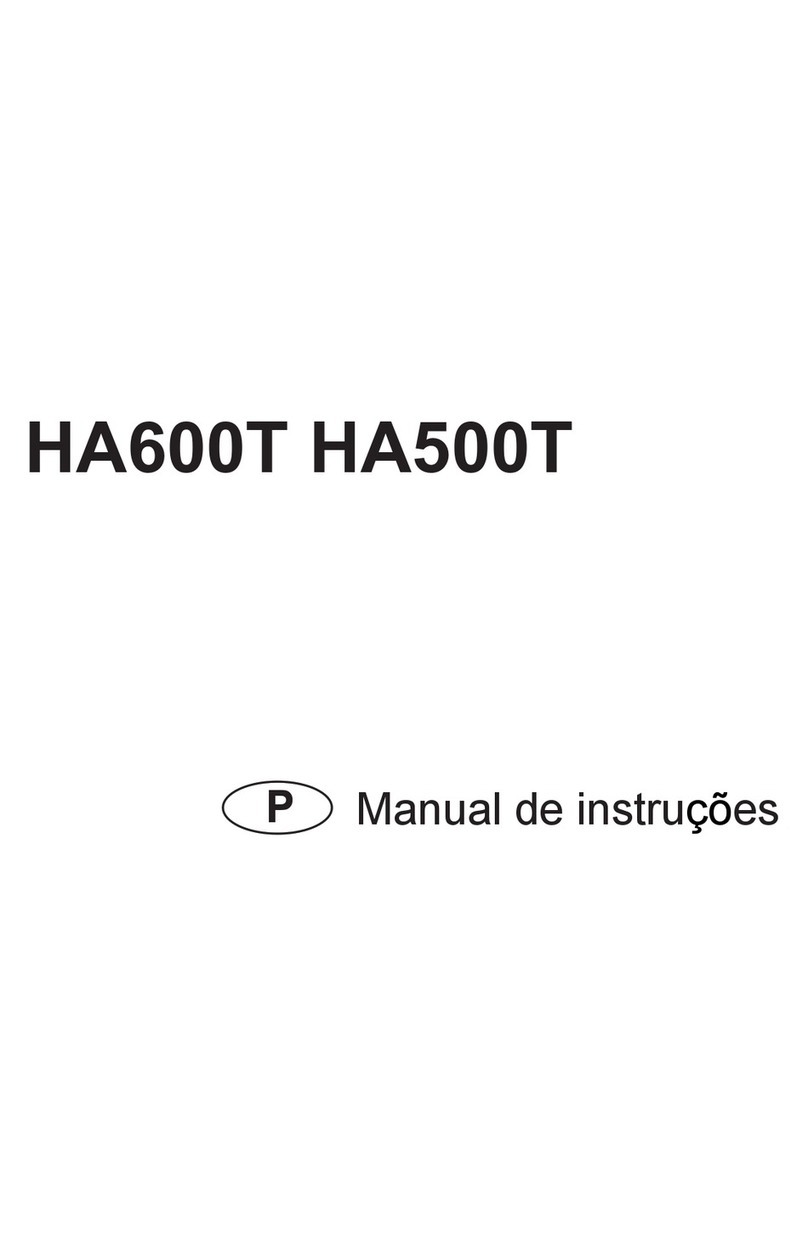
Haier
Haier HA500T Instruction Manual
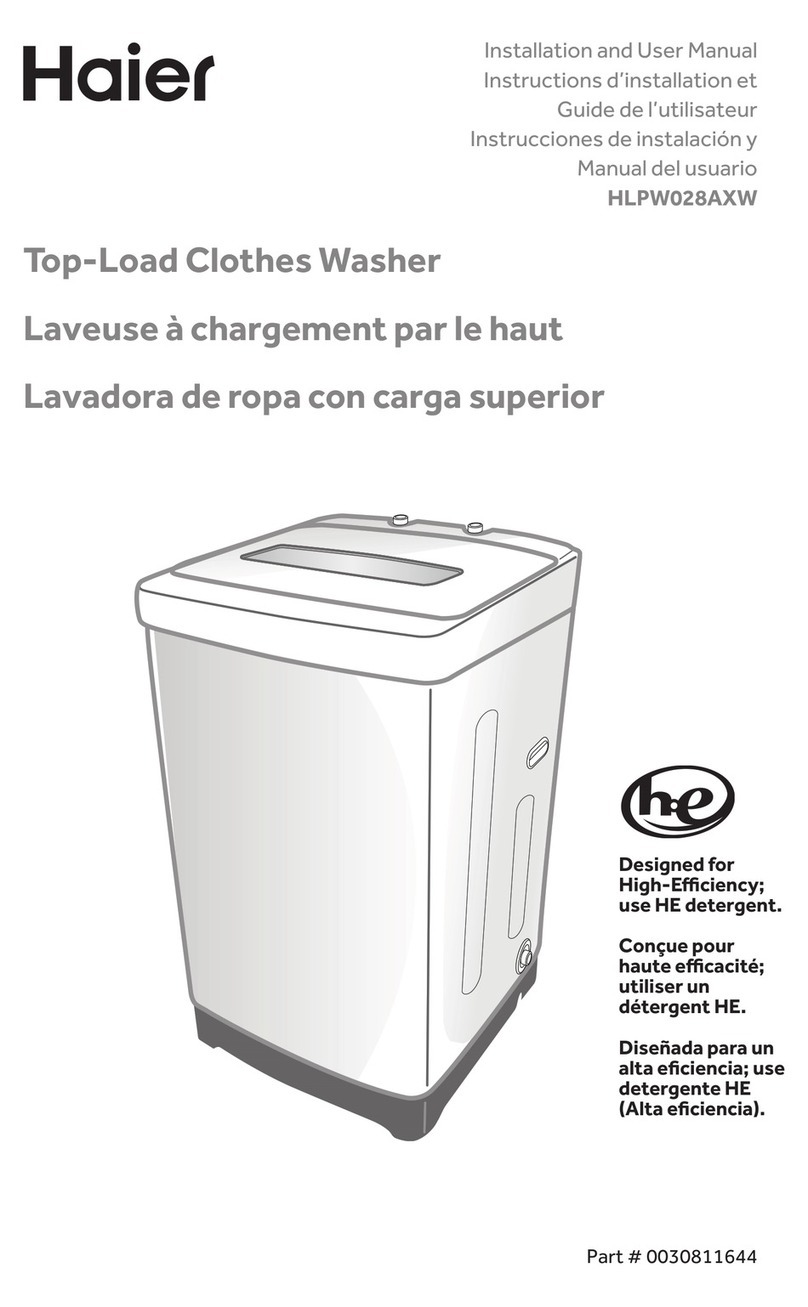
Haier
Haier hlpw028axw User manual
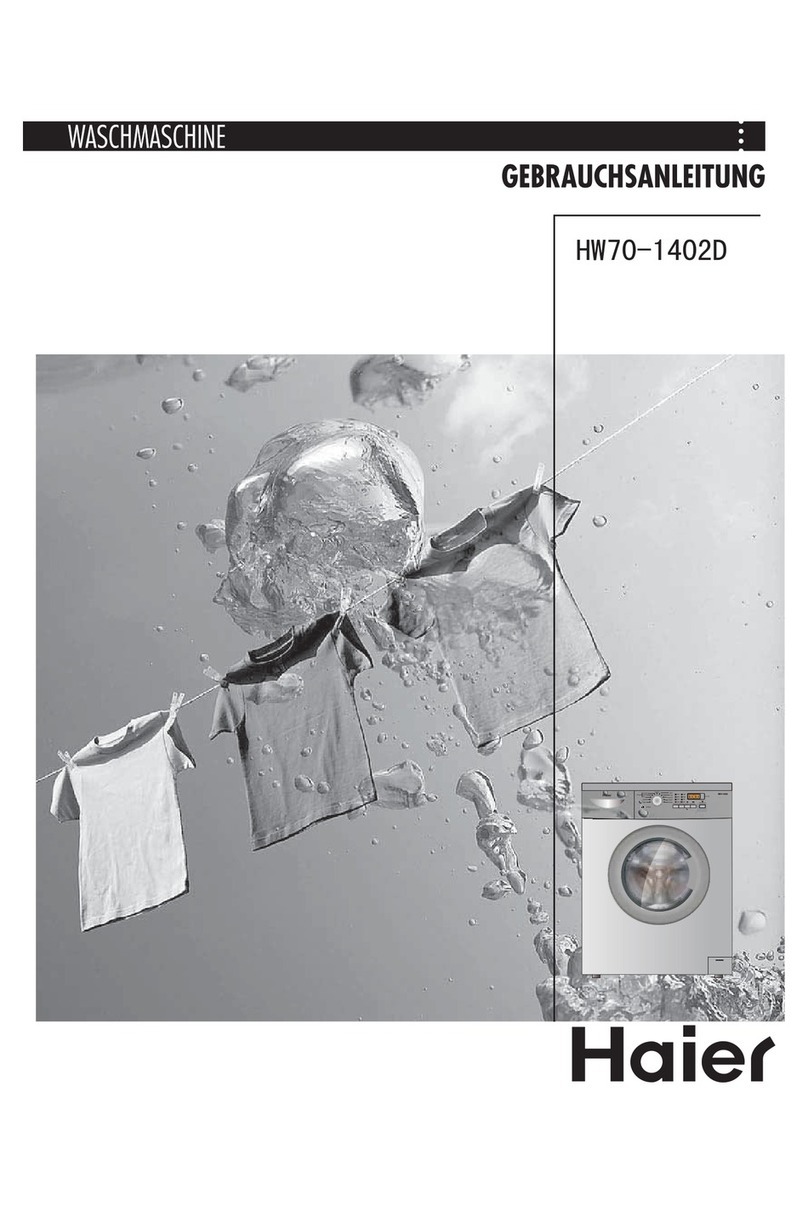
Haier
Haier HW70-1402D User manual
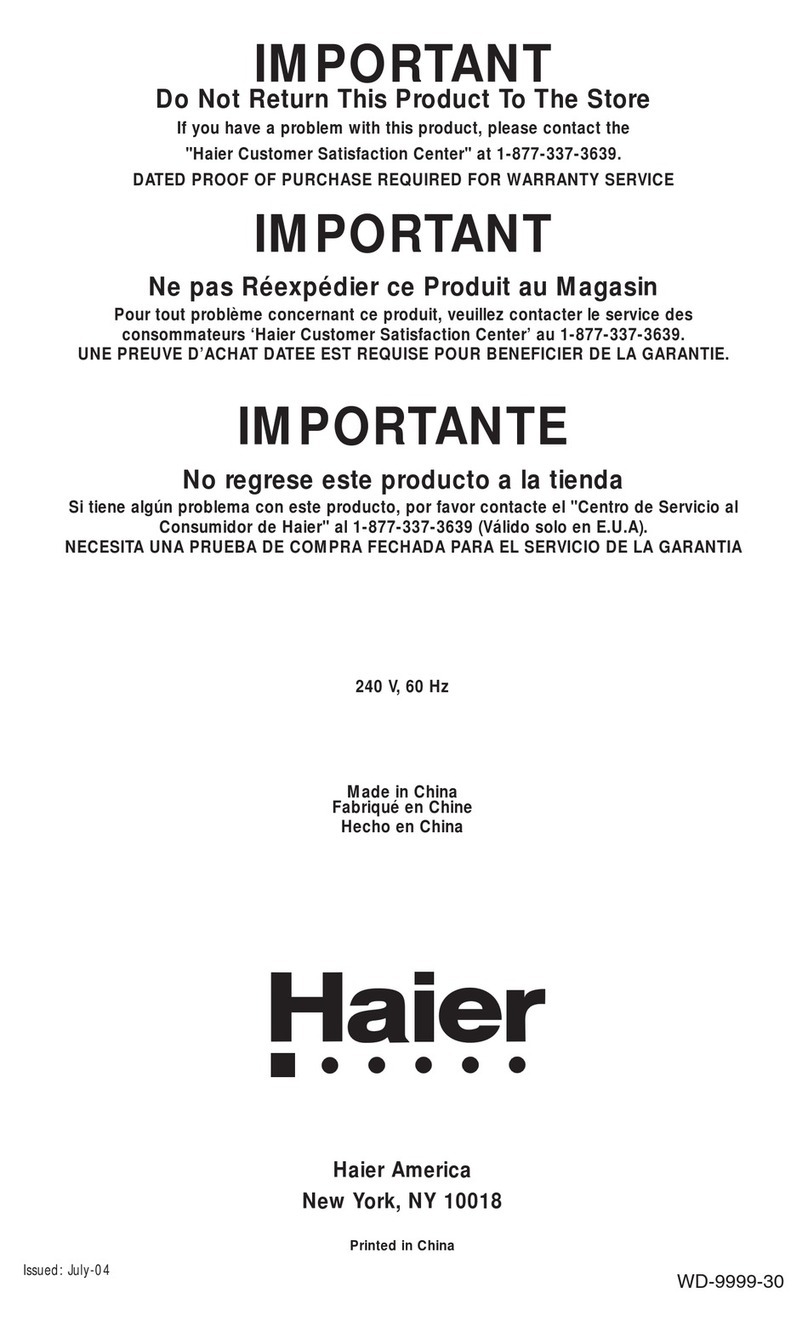
Haier
Haier HLT23E User manual
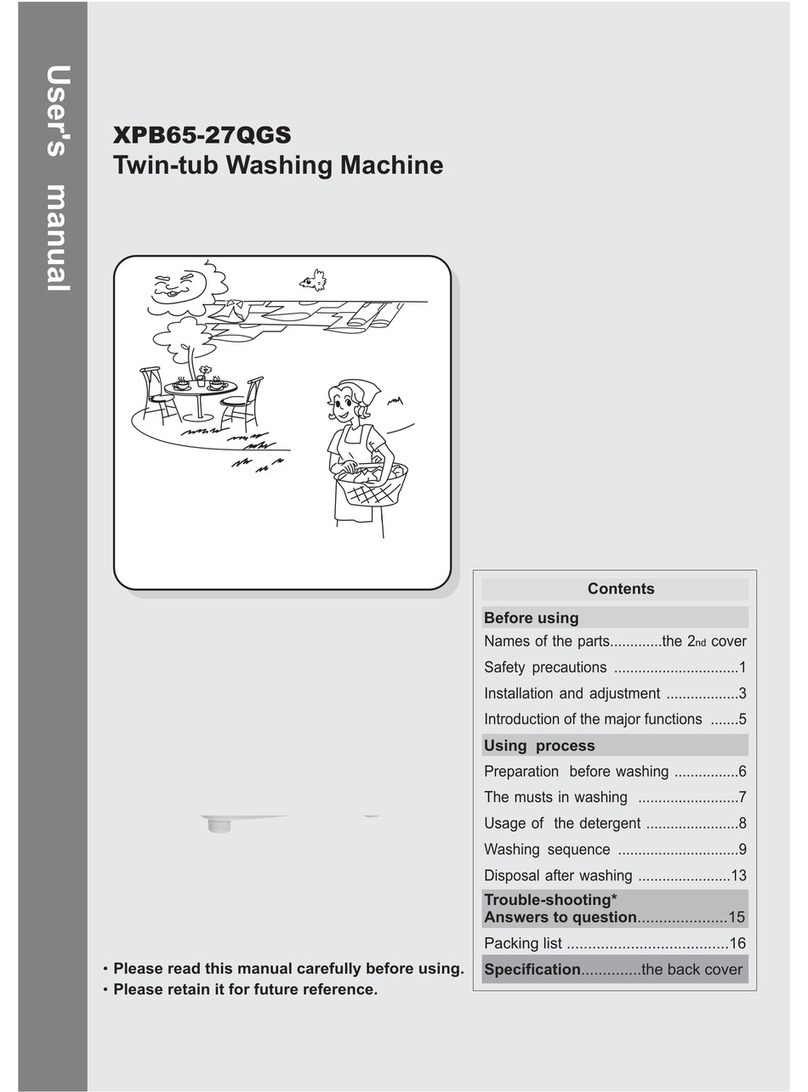
Haier
Haier XPB65-27QGS User manual
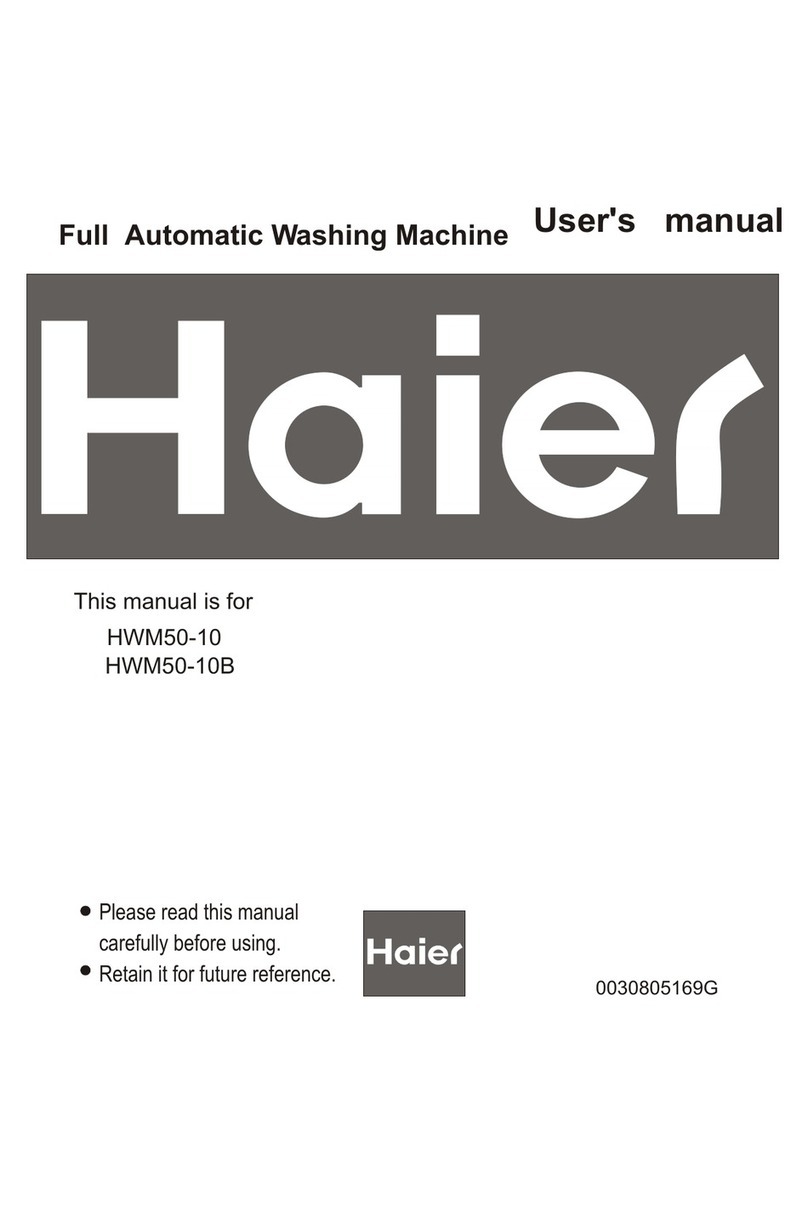
Haier
Haier HWM50-10 User manual

Haier
Haier 50FREE-1 User manual
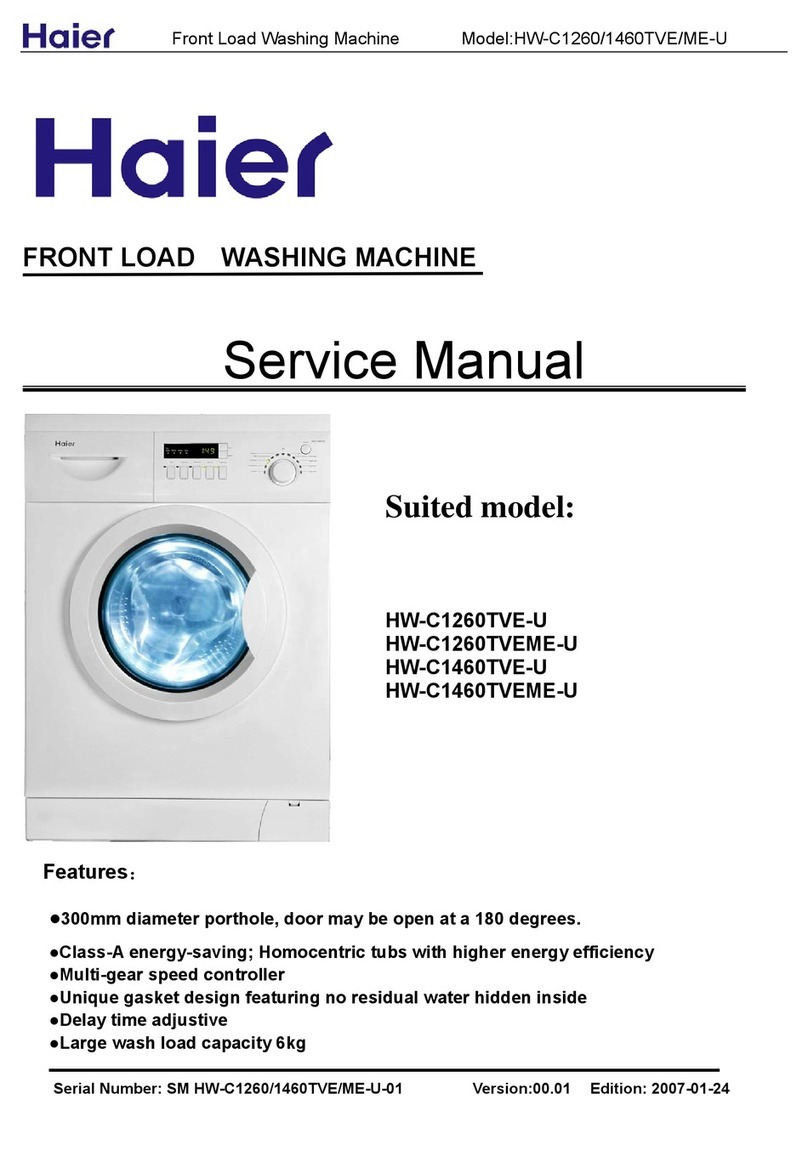
Haier
Haier HW-C1260TVE-U User manual
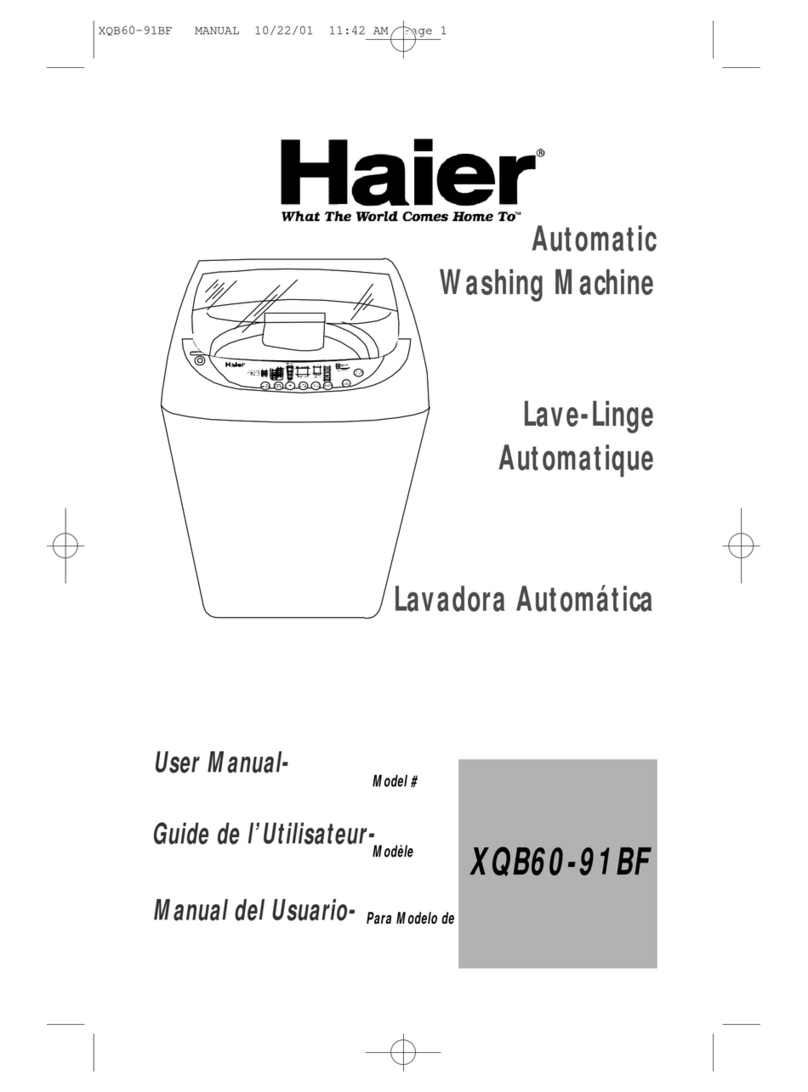
Haier
Haier XQB60-91BF User manual

Haier
Haier HWM200-B1678S User manual
